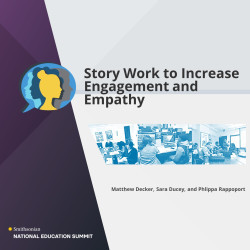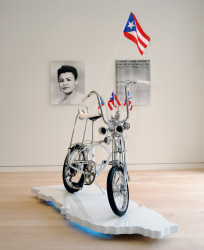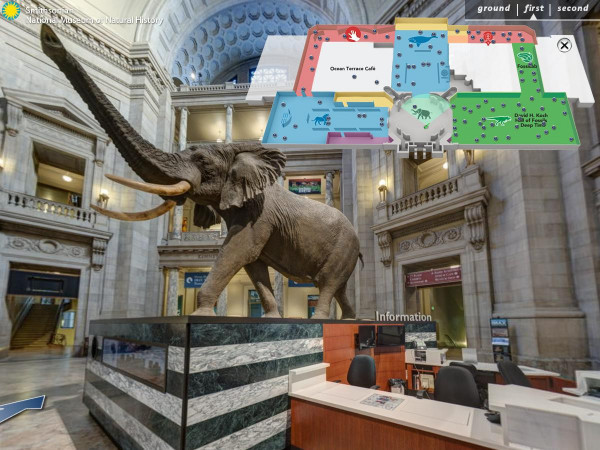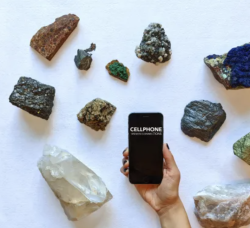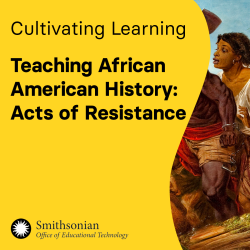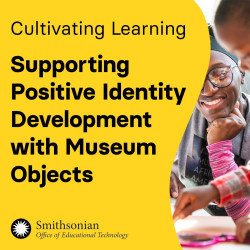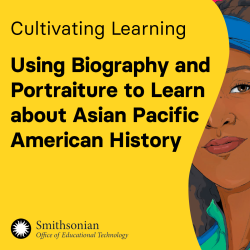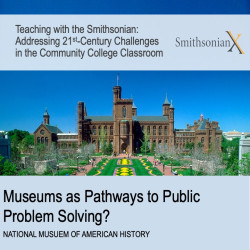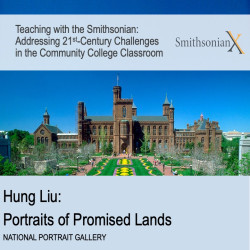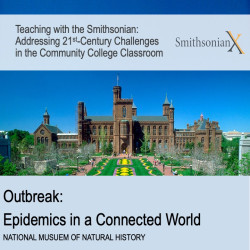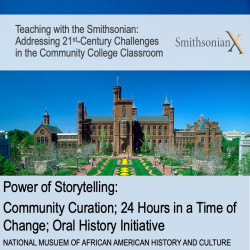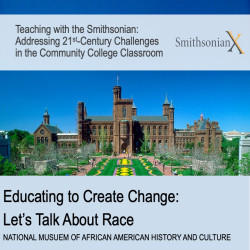Philippa Rappoport
I work in education and engagement, teacher professional development, and outreach at the Smithsonian Office of Educational Technology (OET), and have a particular interest in developing and producing trainings, programs, teaching techniques, and platforms that foster deep learning and contribute knowledge to improve practices in museum and preK-16 education and engagement. At OET over the last decade+, I created digital assets for schools, families, and new immigrant English Language learners to complement teacher professional development and pan-Smithsonian programming, including Learning Lab teaching collections, YouTube videos with tradition bearers, a handmade family stories book-making website, and online heritage tours.
Philippa Rappoport's collections
Story Work to Increase Engagement and Empathy (Companion Collection for a Smithsonian National Education Summit Workshop)
 Philippa Rappoport
Philippa Rappoport
2024 Smithsonian-Montgomery College Faculty Fellowship Program - National Museum of African American History and Culture
 Philippa Rappoport
Philippa Rappoport
2024 Smithsonian-Montgomery College Faculty Fellowship Program - National Portrait Gallery
 Philippa Rappoport
Philippa Rappoport
2024 Smithsonian-Montgomery College Faculty Fellowship Program - Opening Panel Resources
 Philippa Rappoport
Philippa Rappoport
Teaching African American History: Acts of Resistance | Cultivating Learning
 Philippa Rappoport
Philippa Rappoport
DCPS Arts Innovation Leadership Institute: Incorporating Arts and Technology in the Classroom with the Smithsonian Learning Lab
 Philippa Rappoport
Philippa Rappoport
Supporting Positive Identity Development with Museum Objects | Cultivating Learning
 Philippa Rappoport
Philippa Rappoport
Using Biography and Portraiture to Learn about Asian Pacific American History | Cultivating Learning
 Philippa Rappoport
Philippa Rappoport
Analyzing Primary Sources to Teach the Japanese American WWII Experience | Cultivating Learning
 Philippa Rappoport
Philippa Rappoport
Deep Time: A Planetary Heat Wave 56 Million Years Ago (National Museum of Natural History)
 Philippa Rappoport
Philippa Rappoport
Hung Liu: Portraits of Promised Lands (National Portrait Gallery)
 Philippa Rappoport
Philippa Rappoport
Outbreak: Epidemics in a Connected World (National Museum of Natural History)
 Philippa Rappoport
Philippa Rappoport

